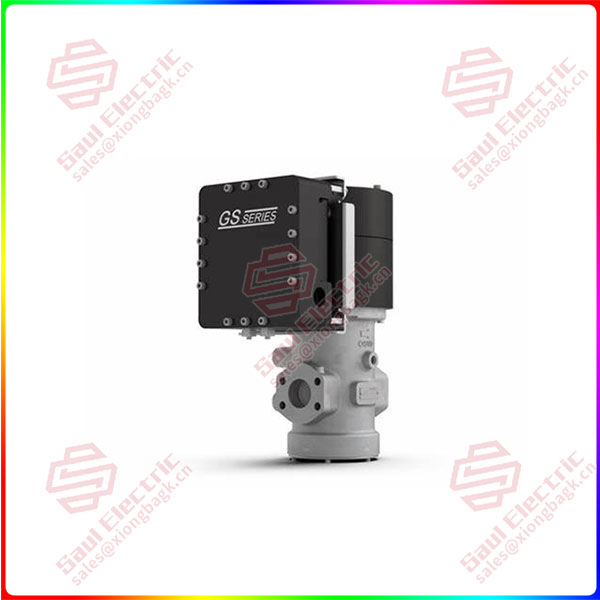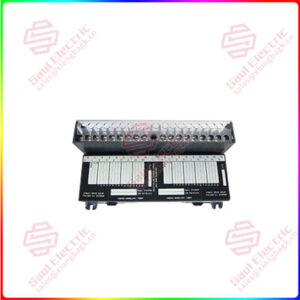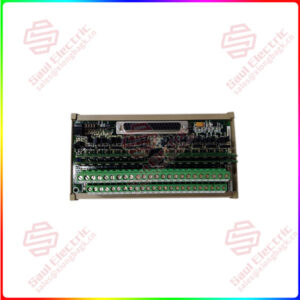Description
Overview
Essential details:9908-1501 GS16 Gas Valve
lf you need to inquire or purchase ,please send the product models to my email or call medirectly .
sunny He
[Email] sales@saulcontrol.com
[Mobile] 86-18059884797
[WhatsApp] 86-18059884797
[Skype] sales@saulcontrol.com
9908-1501 GS16 Gas Valve
There are many ways to control gas valves, each of which has its advantages and disadvantages. The following are the advantages and disadvantages of several common gas valve control methods:
Manual control: the advantages are simple and easy, do not require external energy, high reliability, suitable for small flow, small pressure difference and non-frequent adjustment occasions. The disadvantage is that manual operation is required, the adjustment accuracy and response speed are not high enough, and it is not suitable for occasions with high automation requirements.
Electric control: the advantage is that remote control and automatic operation can be achieved, the adjustment accuracy is high, the response speed is fast, and it is suitable for occasions with high automation requirements. The disadvantage is that external power is required, the reliability is relatively low, and the maintenance cost is high.
Pneumatic control: the advantage is that the adjustment accuracy is high, the response speed is fast, the reliability is high, suitable for the need for fast response and high precision occasions. The disadvantage is the need for compressed air and pneumatic components, and the maintenance cost is relatively high.
Hydraulic control: The advantage is that the thrust and torque are large, suitable for occasions requiring large thrust and high torque. The disadvantage is that hydraulic oil and hydraulic components are required, maintenance costs are high, and they are susceptible to factors such as hydraulic oil temperature and leakage.
Regulating valve control: the advantage is that the flow and pressure can be adjusted continuously, which is suitable for occasions where the gas flow and pressure need to be accurately controlled. The disadvantage is that additional installation of regulating valves is required, which increases the complexity and cost of the system.
In summary, when selecting the control mode of the gas valve, it is necessary to evaluate and select according to the actual needs and application occasions. Different control methods have different advantages and disadvantages, which need to be considered comprehensively according to the actual situation.


 1 Year Warranty
1 Year Warranty






